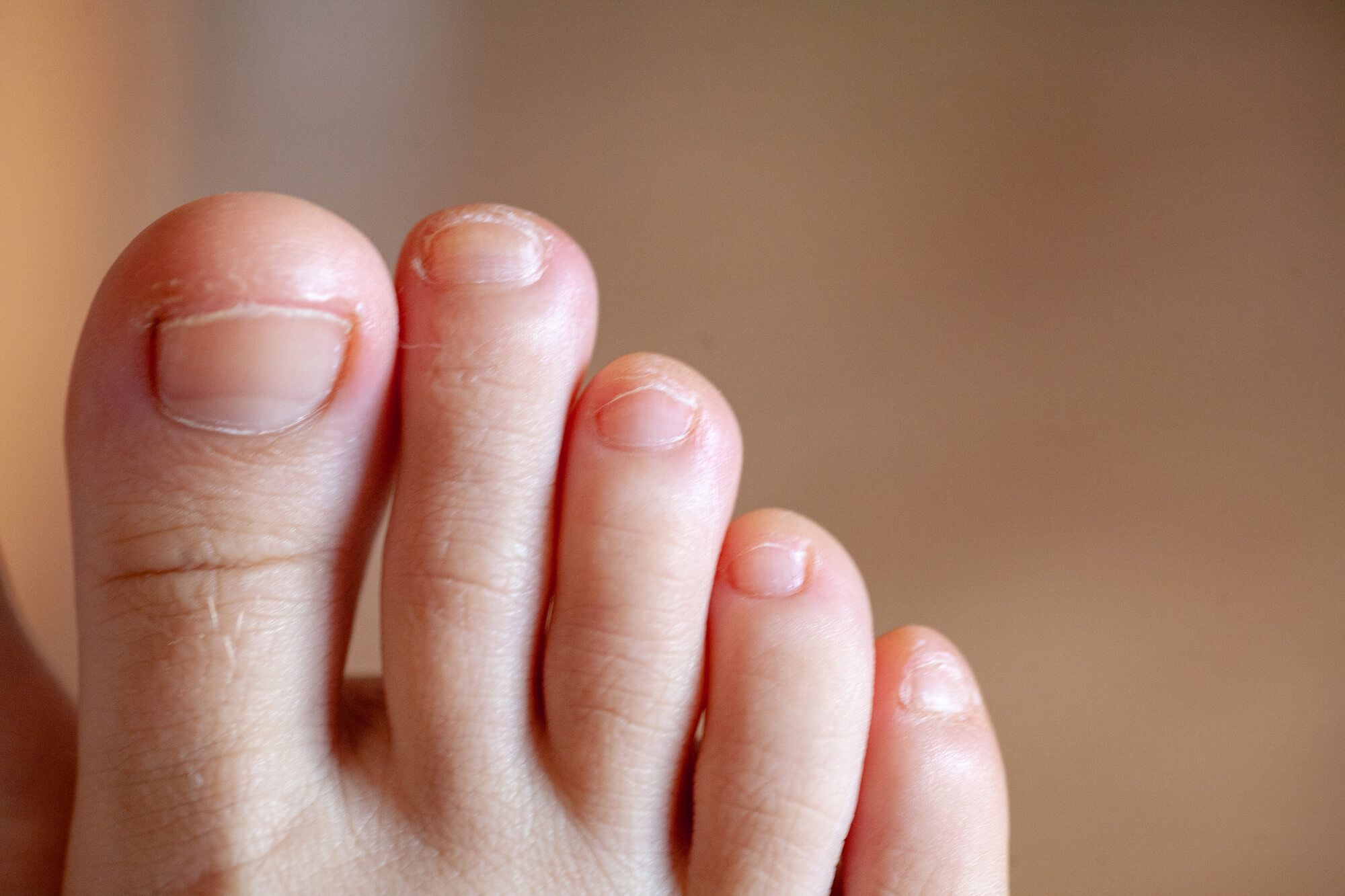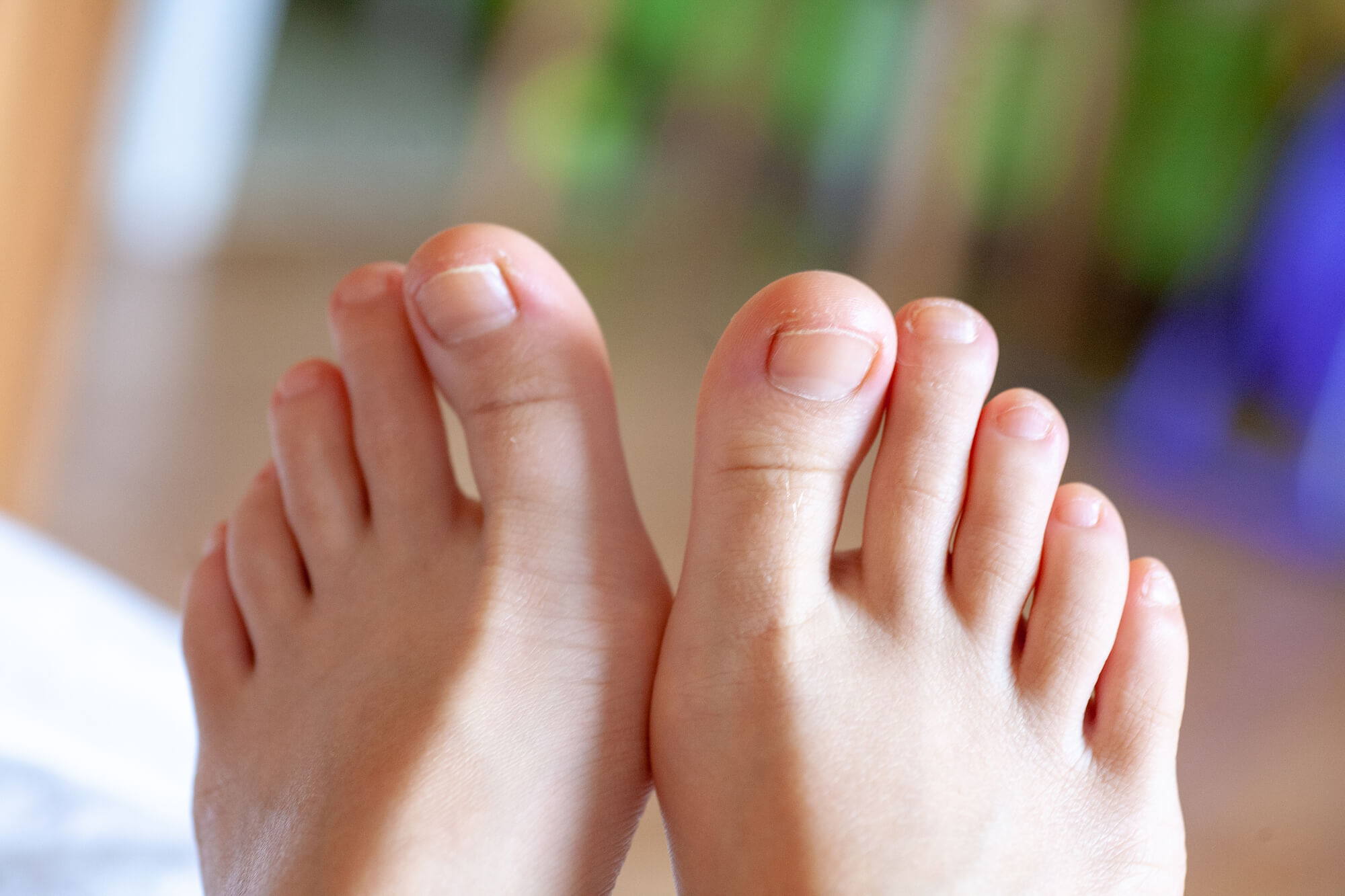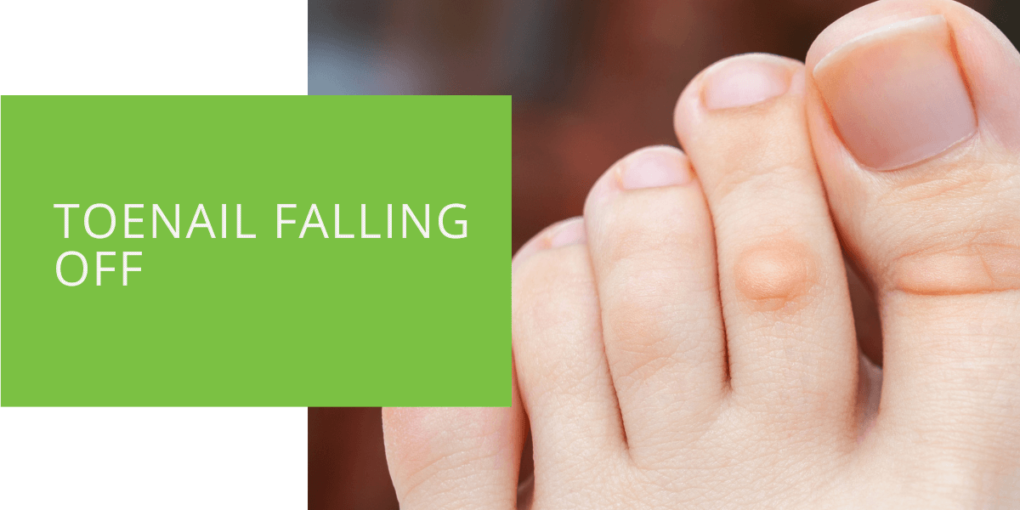Understanding Toenail Falling Off: Causes, Treatment, and Recovery
Toenail issues can be distressing and uncomfortable, especially when a toenail is falling off. Whether due to trauma, fungal infections, or other underlying conditions, understanding the causes and knowing how to care for your toenail properly is essential for optimal recovery. This comprehensive guide will delve into the causes, treatment options, and recovery process for a detached toenail.
Key Takeaways
- Trauma, fungal infections, and medical conditions like psoriasis can cause toenails to detach from the nail bed.
- To promote regrowth, keep the affected area clean, practice patience, and seek professional treatment if necessary.
- Prevent future toenail issues by wearing proper footwear, practicing good hygiene, and trimming toenails correctly.
Causes of Toenail Falling Off
Trauma
Trauma to the toenail, such as stubbing your toe or dropping a heavy object on it, can cause the nail to detach from the nail bed. This detachment occurs when the force applied to the nail disrupts the connection between the nail plate and the underlying nail bed.
Fungal Infections
Fungal infections, such as onychomycosis, can also lead to toenail detachment. Fungi thrive in warm, moist environments, making the feet an ideal breeding ground. As the fungus spreads, it can weaken the structure of the toenail, causing it to become brittle and eventually detach from the nail bed.
Medical Conditions
Certain medical conditions, such as psoriasis or eczema, can affect the health of the toenails and increase the risk of detachment. These conditions can cause changes in the nail bed and surrounding skin, making the toenails more susceptible to injury and infection.
What to Do When Your Toenail is Falling Off
If you notice that your toenail is beginning to detach, it's essential to take immediate action to prevent further damage and promote healing.
Immediate Care
Start gently cleaning the affected area with mild soap and water to remove dirt or debris. Avoid pulling on the detached nail, as this can cause pain and increase the risk of infection.
Keeping it Clean
Keep the area clean and dry to prevent bacterial or fungal infections. You may need to apply an antiseptic ointment and cover the detached nail with a sterile bandage to protect it from further injury.
Avoiding Further Damage
Wear open-toed shoes or sandals to reduce pressure on the affected toenail and avoid activities that could cause additional trauma. If you're experiencing pain or discomfort, over-the-counter pain relievers can help alleviate symptoms.

Will My Toenail Grow Back?
The good news is that toenails can regrow, although the process may take several months. The regrowth rate depends on various factors, including your overall health, the extent of the injury, and how well you care for the affected toenail.
Regrowth Process
After a toenail detaches, a new nail will gradually grow from the base of the nail bed. This process typically takes six months to a year, although it can vary from person to person.
Factors Affecting Regrowth
Several factors can influence the speed and quality of toenail regrowth, including genetics, age, and underlying health conditions. Promoting nail health, such as maintaining good hygiene and avoiding excessive trauma, can help support regrowth.
Patience and Care
While waiting for your toenail to grow, practicing patience and providing proper care is essential. Keep the affected toenail clean and dry, and avoid wearing tight-fitting shoes that could put pressure on the nail bed.
Treatment Options for a Detached Toenail
In some cases, professional treatment may be necessary to address a detached toenail, especially if it's causing significant pain or discomfort.
Professional Treatment
A podiatrist can assess the extent of the injury and recommend appropriate treatment options. Depending on the severity of the detachment, treatment may include nail removal, medication to prevent infection, or surgical intervention to repair the nail bed.
Surgical Intervention
If the toenail is severely damaged or infected, surgical intervention may be required to remove the detached nail and repair the underlying nail bed. This procedure can help promote proper healing and reduce the risk of complications.
Medications
Antifungal medications may be prescribed to eliminate the fungus and prevent recurrence in cases of fungal infection. These medications can be applied topically or taken orally, depending on the severity of the infection.

Managing a Detached Toenail at Home
While professional treatment may be necessary in some cases, there are steps you can take at home to promote healing and prevent complications.
Proper Care
Keep the affected toenail clean and dry, and avoid activities that could cause further trauma. If the detached nail becomes loose or jagged, trim it carefully to prevent snagging.
Pain Management
Over-the-counter pain relievers can help alleviate discomfort associated with a detached toenail. However, avoid using topical pain medications that contain ingredients that could irritate the skin or delay healing.
Home Remedies
Some home remedies may help promote nail health and accelerate the regrowth process. These include applying tea tree oil or coconut oil to the affected toenail, which have natural antifungal properties.
Preventing Toenail Issues in the Future
Taking proactive steps to prevent toenail issues can help reduce the risk of detachment and promote overall nail health.
Proper Footwear
Wear shoes that fit well and provide adequate support to prevent toenail trauma. Avoid wearing tight-fitting shoes or high heels for extended periods, as they can pressure the toenails and increase the risk of injury.
Trimming Techniques
Trim your toenails straight across and avoid cutting them too short to reduce the risk of ingrown toenails. Use sharp, clean nail clippers and avoid biting or tearing at the nails, as this can cause damage to the nail bed.
Hygiene Practices
Maintain good foot hygiene by washing your feet regularly with soap and water and drying them thoroughly afterward. Keep your toenails clean and dry, and avoid sharing nail clippers or other personal grooming tools to prevent the spread of fungal infections.
Conclusion
Taking care of your toenails is an essential aspect of overall foot health. If you're experiencing toenail issues such as detachment, seeking professional help from a podiatrist is crucial. At ePodiatrists, we have the expertise and experience to diagnose and treat many toenail problems. Don't let a detached toenail hold you back – schedule an appointment with us today and take the first step toward healthy, happy feet.

